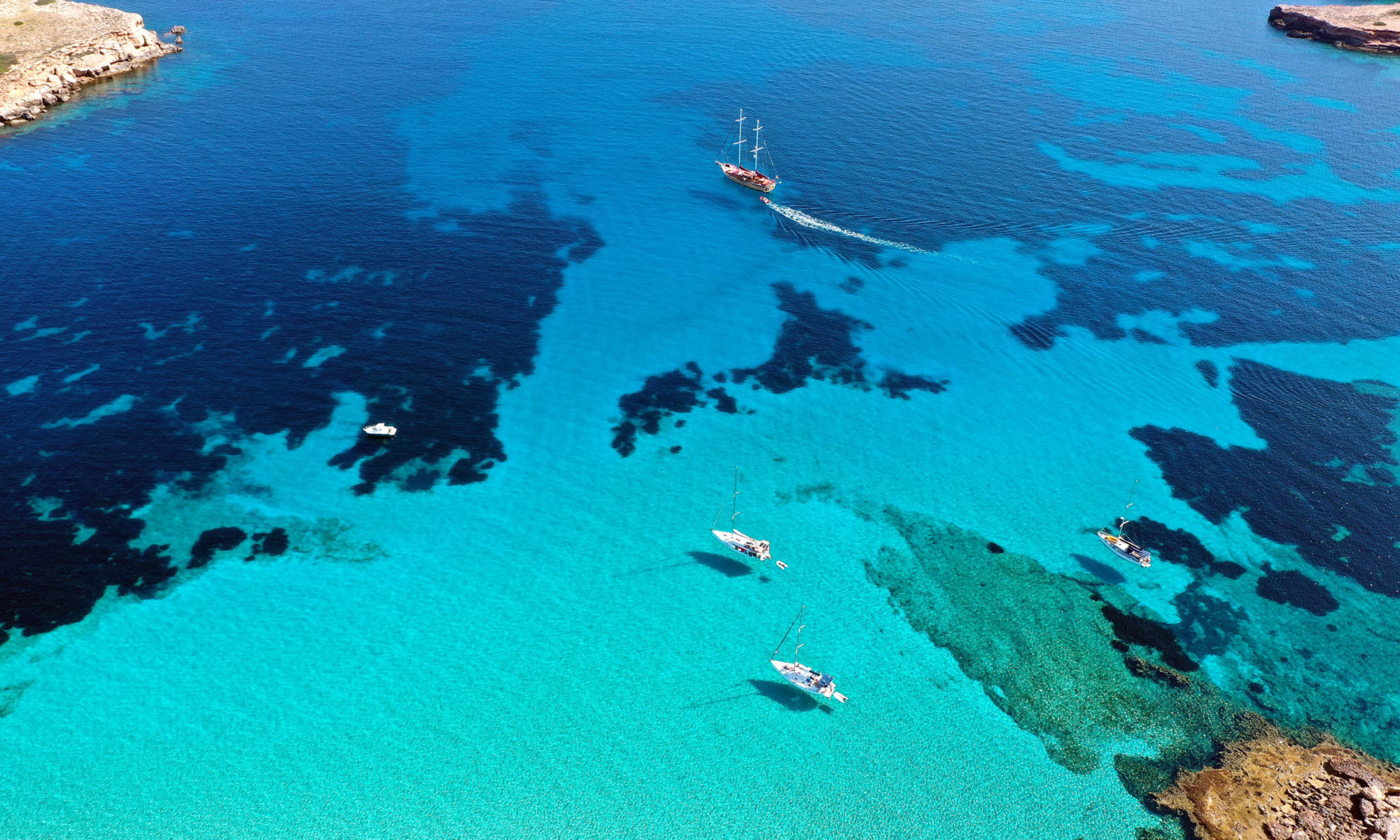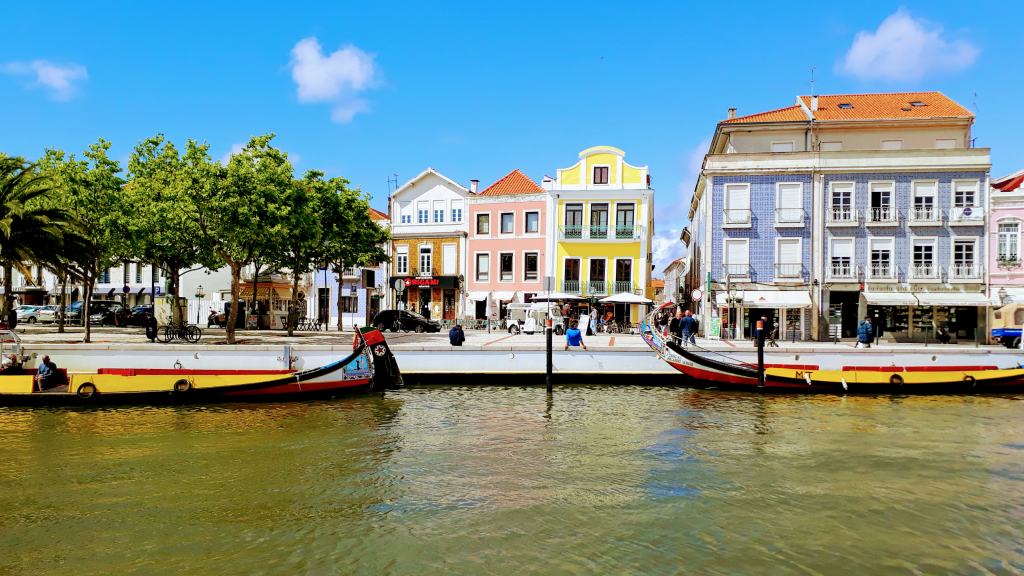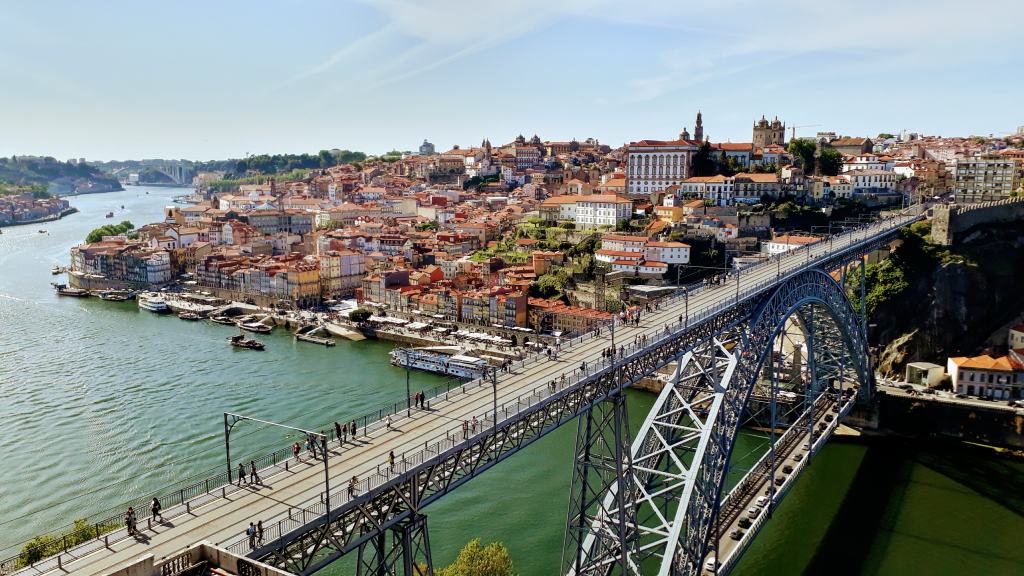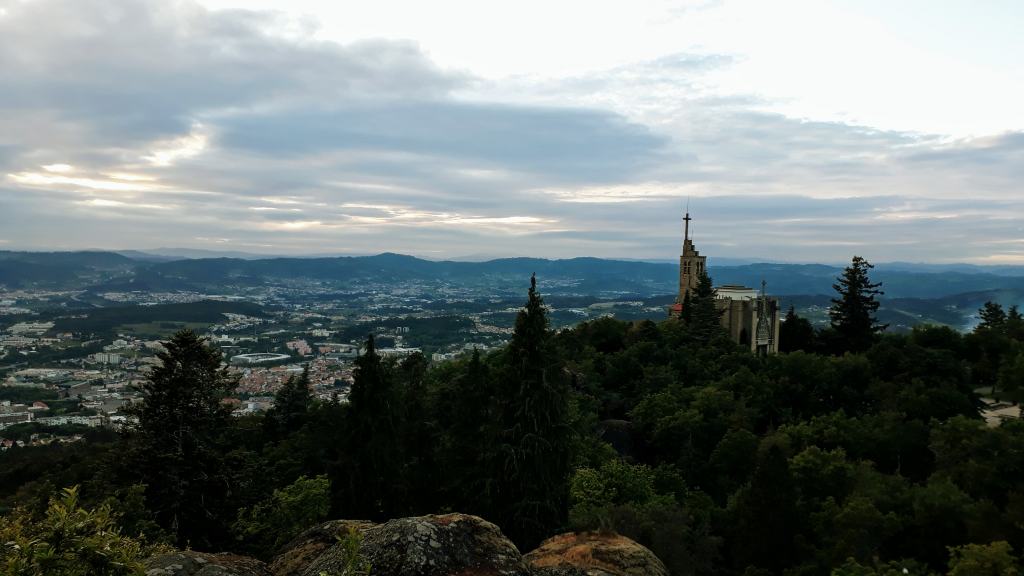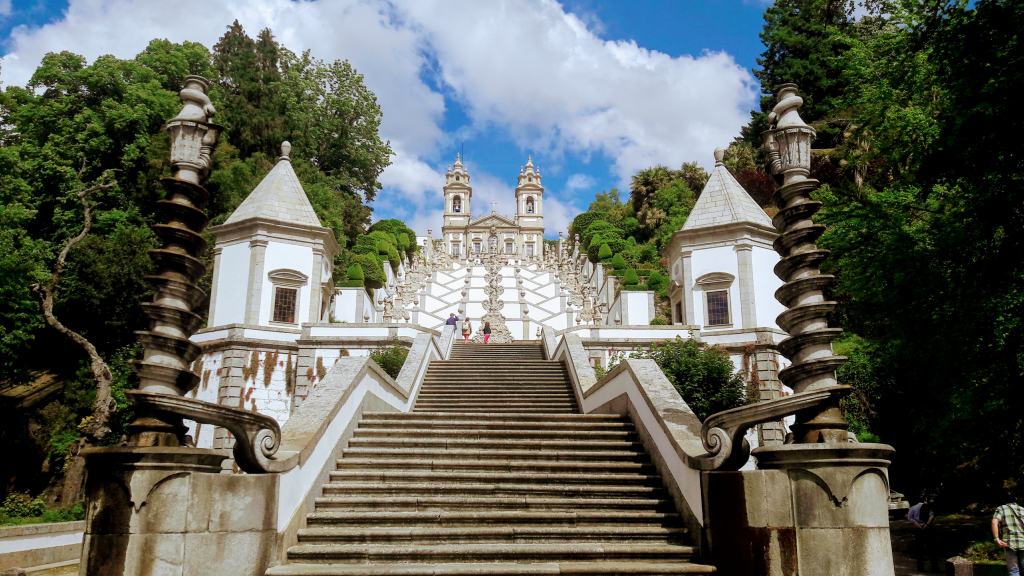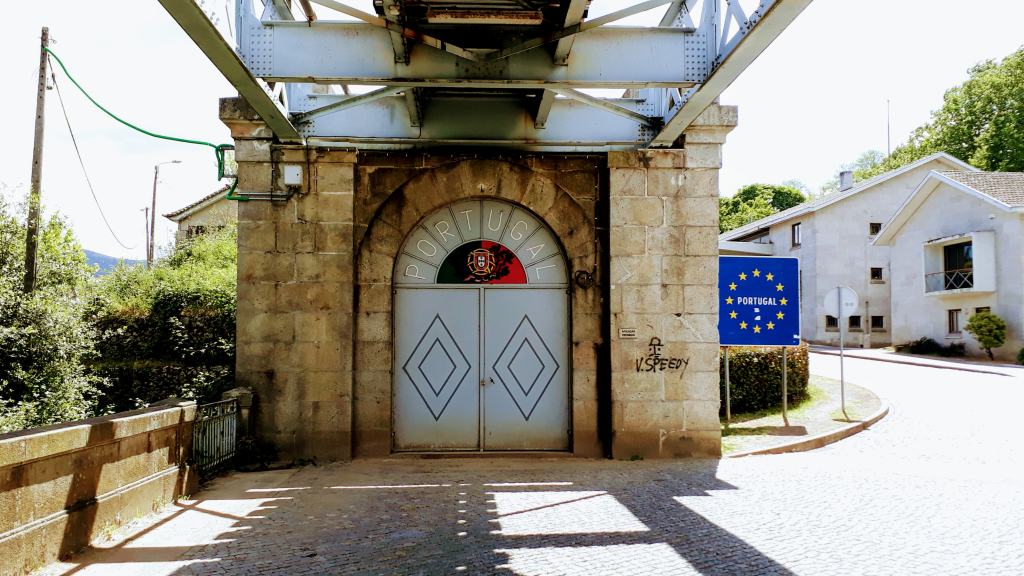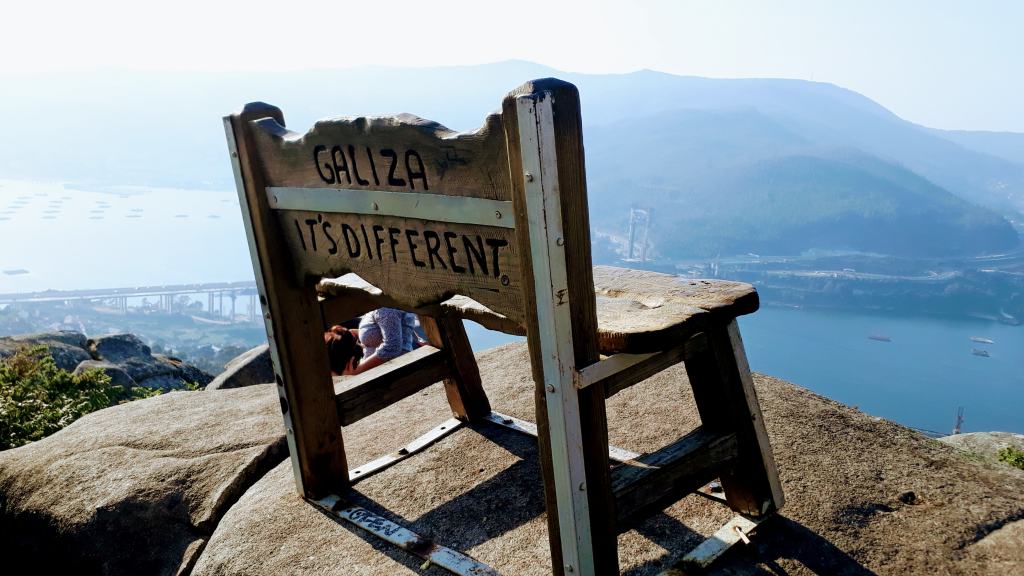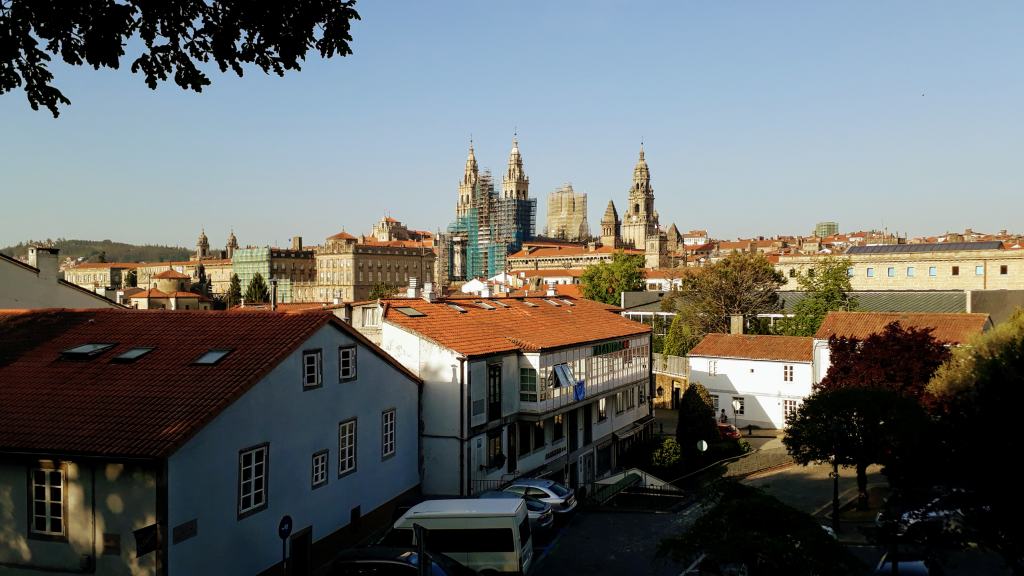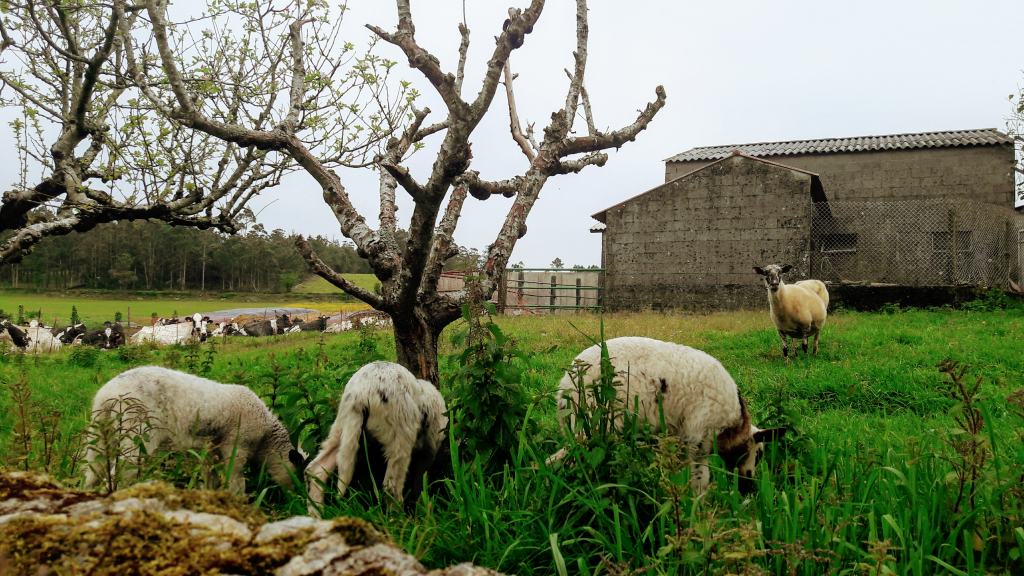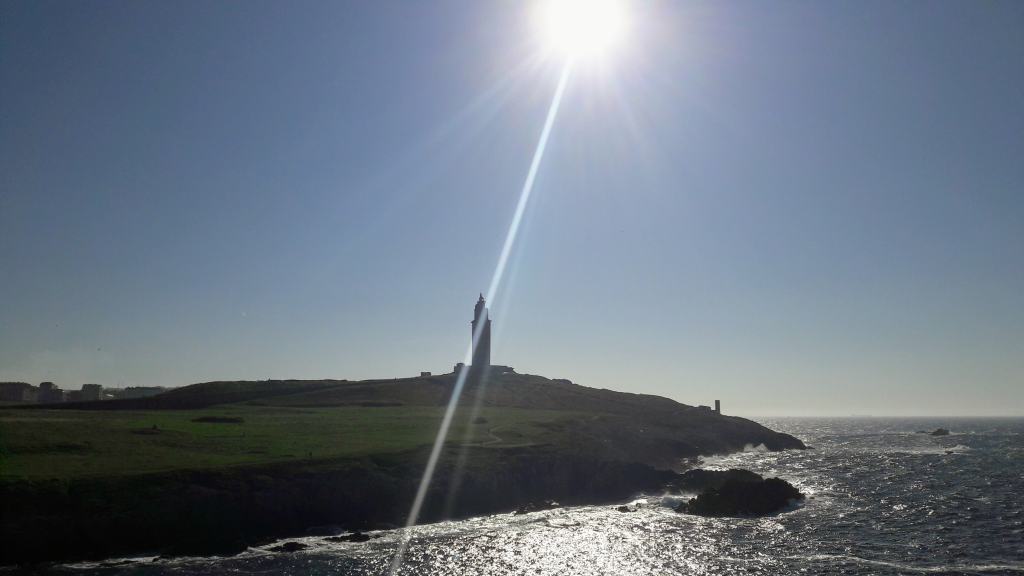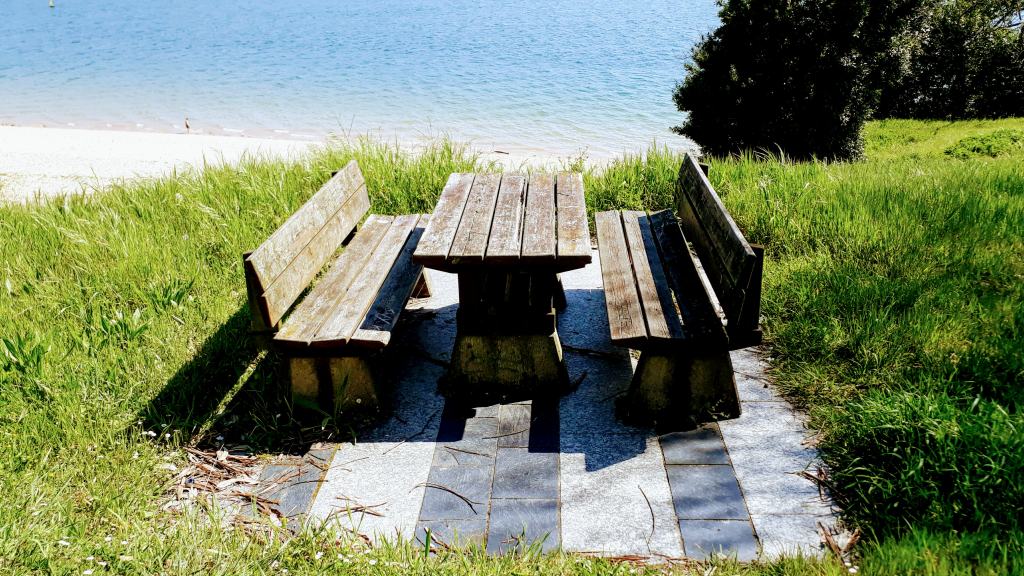With its three canals Canal de São Roque, Canal de Pirâmides and Canal dos Santos Mârtir and the many Moliceiro boats, Aveiro actually reminds of Venice. The city on the coast of the Atlantic Ocean has not only a beautiful, compact old town, but also a great vegan offer. After Coimbra, it is the second largest city in the Região Centro. Continue reading “Aveiro: Venice of Portugal”
Porto.
In order to do justice to this city, we would probably have to write a whole book. Having been in the shadow of its “big sister” Lisbon for a long time, it is no longer unknown now, but one of the most popular tourist destinations in Western Europe. And deservedly so: UNESCO Old Town, double-deck bridge Ponte Luís I, river Douro and delicious vegan food make hearts beat faster. Whether as a city trip or a starting point to travel the north of Portugal – Porto is always worth it. Continue reading “Porto.”
Guimarães: Birthplace of Portugal
About 15 kilometers southeast of Braga is the city of Guimarães: UNESCO World Cultural Heritage, European Capital of Culture 2012 and also the birthplace of Portugal. It is widely believed that the first king of Portugal (Afonso Henriques or Alfonso I) was born here, which is why Guimarães was the first capital of the country and is considered the “cradle of the nation”. Continue reading “Guimarães: Birthplace of Portugal”
Braga: The Most Beautiful Stairway in Portugal?
After the border town of Valença, Braga is our first major city in Portugal. The European Youth Capital of 2012 is the second largest city of Região Norte after Porto. Particularly worth seeing is, besides the city center, the pilgrimage church Bom Jesus do Monte with its famous staircase Via Sacra. Continue reading “Braga: The Most Beautiful Stairway in Portugal?”
Tui & Valença: Let’s Go to Portugal!
Yay, a new country! After the Netherlands, Belgium, France and Spain, Portugal joins our European tour as the fifth state. The border crossing consists of the special two-storey iron bridge Ponte Internacional. Continue reading “Tui & Valença: Let’s Go to Portugal!”
Rías Baixas: Galiza – it’s different
Rías Baixas – that’s the name of the four narrow coastal inlets in the south-west of Galicia from Cape Finisterre to the Portuguese border. They have emerged from flooded river valleys and consist of the Ría de Muros, the Ría de Arousa, the Ría de Pontevedra and the Ría de Vigo. Continue reading “Rías Baixas: Galiza – it’s different”
Santiago de Compostela: Place of Pilgrimage
As the destination of the Camino de Santiago (Way of St. James), Santiago de Compostela is renowned worldwide. This became the first European cultural trail in 1987, two years after the pilgrimage site was declared a World Cultural Heritage by UNESCO. In 2000, Santiago was also European Capital of Culture. Continue reading “Santiago de Compostela: Place of Pilgrimage”
Costa da Morte: At World’s End?
The “Coast of Death” Costa da Morte got its name because of the difficult conditions for navigation and the resulting shipwrecks and deaths. It is the most western coastal section of Spain. For this reason, in the Roman and pre-Roman legends, it is regarded as the “end of the world”, from which the name of Cape Finisterre derives. Continue reading “Costa da Morte: At World’s End?”
A Coruña: Oldest Lighthouse in the World
The 243,978 residents are lucky because this city has it all: beaches, excellent food, the largest port in Galicia and the oldest operating lighthouse in the world. Therefore, it is not surprising that in 2006, A Coruña received as many visitors as it has inhabitants. Continue reading “A Coruña: Oldest Lighthouse in the World”
Ferrol: Picnic & Castelo
Ferrol – the birthplace of Spanish dictator Francisco Franco has been suffering from population decrease for years, which is directly linked to the rapid growth of the contiguous Narón. Neither we were able to take too much pleasure in the town. Nevertheless, here are a few impressions for you. Continue reading “Ferrol: Picnic & Castelo”
